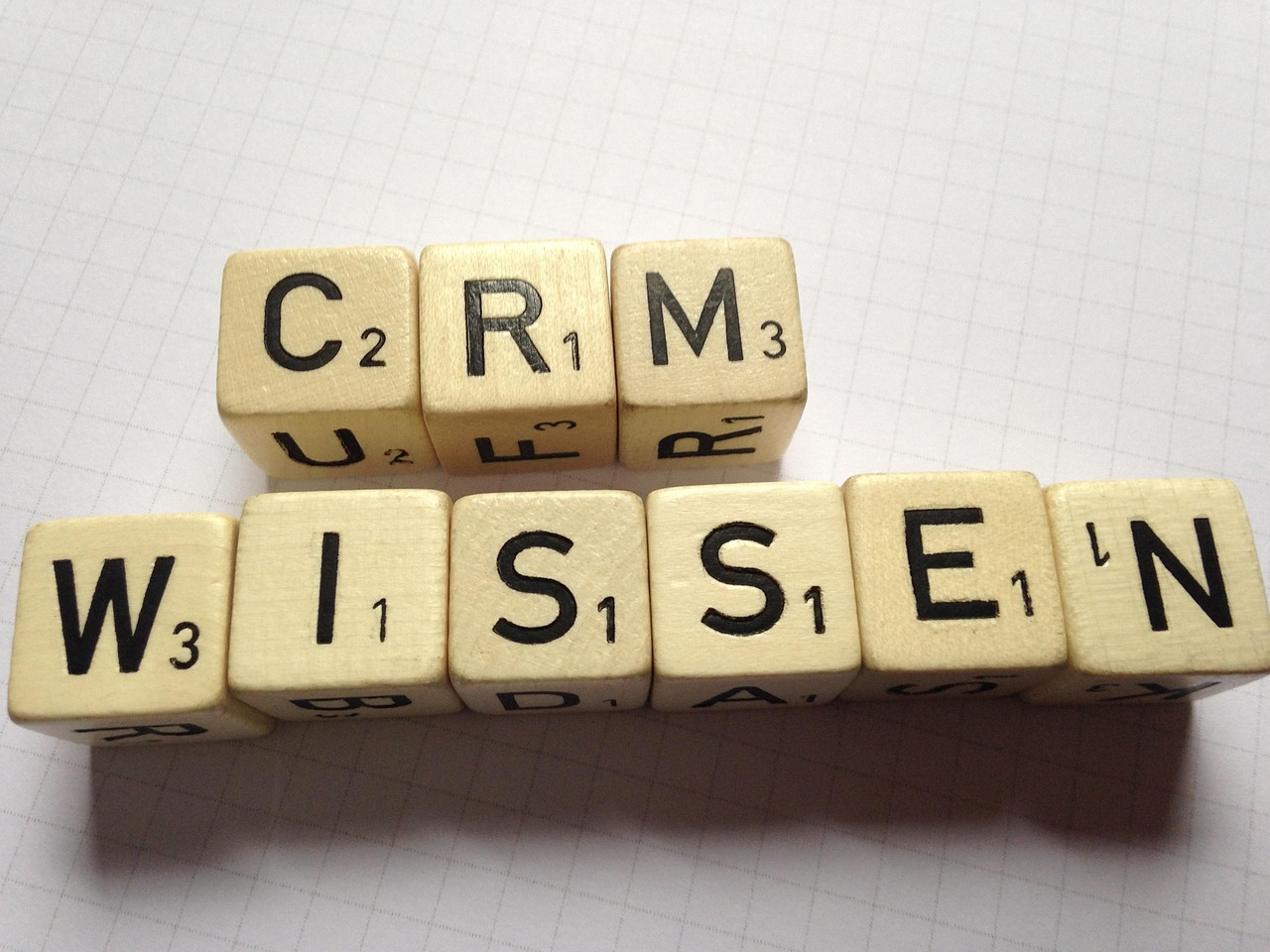Introduction
In today’s customer-centric business environment, CRM (Customer Relationship Management) tools have become crucial for managing relationships, tracking leads, improving customer service, and boosting overall productivity. But a key question every Indian business faces is: Should you go for a free CRM or invest in a paid one?
Whether you’re a startup in Mumbai or a growing MSME in Indore, making the right choice between free vs paid CRM software can significantly affect your operations, customer satisfaction, and long-term profitability. This article compares the two options, outlines their benefits and limitations, and helps you make an informed decision for your business.
Understanding the Basics: What is CRM Software?
CRM software centralizes your business’s customer information, communication history, sales pipeline, and marketing campaigns. It improves collaboration, tracks customer interactions, and helps in forecasting sales trends.
While both free and paid CRM solutions offer these core functions, the extent, scalability, integrations, and support differ greatly.

What Does a Free CRM Offer?
Free CRM tools usually offer a limited set of features tailored for startups or micro-businesses. These systems are ideal for those just beginning their digital transformation journey and needing basic functionality without the upfront cost.
Common Features in Free CRMs:
- Contact and lead management
- Deal tracking
- Email templates
- Basic reporting
- Integration with Gmail or Outlook
- Mobile access
Popular Free CRMs for Indian Businesses:
- HubSpot CRM – Powerful and user-friendly with a forever-free version.
- Zoho CRM Free Edition – Indian favorite with basic automation and contact management.
- Freshsales Free Plan – Clean UI, great for micro and small businesses.
Advantages of Free CRM Software
1. Cost-Efficiency
The most obvious advantage is zero investment. Startups with tight budgets can adopt CRM without financial burden.
2. Easy to Get Started
Free CRMs often come with simple onboarding processes, limited setup requirements, and intuitive user interfaces.
3. Ideal for Testing
Businesses unsure about CRM functionality can test-drive with free versions before committing to a paid plan.
Limitations of Free CRM Tools
1. Limited Customization
Free tools usually restrict customization options. This limits their ability to align with your business’s unique workflow.
2. User or Feature Cap Restrictions
Most free CRMs limit the number of users, deals, integrations, or storage. This becomes a problem as the business grows.
3. Lack of Advanced Automation
Advanced automation workflows like predictive lead scoring, custom workflows, and AI-powered analytics are generally reserved for paid plans.
4. Limited Support
Free plans usually come with basic or community-only support. When things go wrong, response times may be slow or non-existent.

What Do Paid CRM Solutions Offer?
Paid CRM software unlocks the full potential of automation, customization, and reporting. It’s ideal for growing businesses that need scalability, integration, and deeper insights.
Features You Get with Paid CRMs:
- Advanced lead scoring
- Workflow automation
- Role-based access
- Sales forecasting
- Deep analytics and custom dashboards
- Multi-language and multi-currency support
- 24/7 customer support
Top Paid CRM Options in India:
- Zoho CRM Enterprise – Starts at ₹1,400/month/user with deep integrations and AI features.
- HubSpot Sales Professional – Offers advanced automation starting at ₹6,500/month.
- Salesforce Essentials – Global leader with localized pricing for India.
Advantages of Paid CRM Software
1. Scalability
Paid CRMs are designed to grow with your business, supporting an increasing customer base, team size, and processes.
2. Workflow Automation
Paid systems can automate repetitive tasks like sending follow-ups, assigning leads, and nurturing campaigns—saving time and improving conversion.
3. Better Security and Compliance
Enterprise-grade CRMs offer enhanced data security and comply with Indian data privacy laws.
4. Premium Support
Fast, reliable customer support ensures minimal downtime and smooth operations—critical for growing businesses.
Limitations of Paid CRM Software
1. Cost
Paid plans can get expensive depending on the number of users, especially for bootstrapped startups.
2. Steep Learning Curve
More features often mean more complexity. Teams may require training to use the platform efficiently.
3. Overkill for Small Businesses
For businesses with fewer than 50 customers or basic requirements, paid CRMs might offer more than necessary.
Comparing Free vs Paid CRM Software: Quick Table
| Feature | Free CRM | Paid CRM |
|---|---|---|
| Cost | ₹0 | ₹500–₹6,000+/user/month |
| Best For | Startups, micro-businesses | MSMEs, growing enterprises |
| Customization | Limited | Extensive |
| User Limitations | Often capped (e.g. 3-5 users) | Unlimited (depending on plan) |
| Automation | Basic or none | Full-scale automation |
| Integration | Few basic integrations | Full-stack integrations (ERP, APIs) |
| Support | Community or email only | Live chat, phone, priority support |
| Scalability | Low | High |
| Reporting | Basic | Advanced analytics & dashboards |
How to Decide Which CRM is Right for You?
When choosing between free vs paid CRM software, Indian businesses should consider the following:
1. Size of the Business
If you’re a 2-3 person team handling a small customer base, a free CRM may be sufficient.
2. Budget
Can your business afford ₹500–₹2,000 per user monthly for tools? If yes, paid CRMs bring significant returns.
3. Complexity of Operations
If you manage multiple departments, products, or regions, paid CRMs with automation and team collaboration tools are essential.
4. Growth Plans
If you anticipate rapid growth within a year, it’s better to invest early in a scalable CRM system.
5. Legal & Data Security Needs
Businesses dealing with financial or personal data must ensure compliance. Paid CRMs are better equipped for this.
Conclusion: Choosing Smartly for Long-Term Growth
The choice between free vs paid CRM software depends largely on your business stage, size, and goals. Free CRMs are a great starting point for beginners to learn, experiment, and manage basic client data. They’re low-risk and easy to implement.
However, as your operations become complex, investing in a paid CRM becomes essential. The time savings, automation, reporting, and security features of paid CRMs far outweigh the cost in the long term. A well-implemented CRM tool can increase productivity, improve customer satisfaction, and significantly boost revenue.
Whether you start small or go all-in, the key is to choose a CRM that aligns with your specific business needs. Don’t just look at cost—evaluate support, scalability, and long-term value.
